- Thursday, 28 August 2025
ISRO Awaits Nepal’s Utilisation Plan
Ram Prasad Dahal
The dream of scientist Vikram Sarabhai became a reality after the Indian Space Research Organisation (ISRO) became a highly reputed institution in the field of space programmes. Established on August 15, 1969, the Indian Space Agency has now become popular around the world owing to its record-setting and high-speed performances in the space arena.
The Bangaluru-based Indian National Space Agency, needless to say, is India’s primary agency for performing tasks related to space-based applications, space exploration, and the development of space-related technologies.
Major Space Agency
ISRO operates under the Department of Space, which is directly overseen by Prime Minister Narendra Modi. It is one of six government space agencies in the world that possesses full launch capabilities and can deploy cryogenic engines, launch extraterrestrial missions, and operate large fleets of artificial satellites.
Initially, the Indian National Committee for Space Research (INCOSPAR) was established by Jawaharlal Nehru under the Department of Atomic Energy (DAE) in 1962, at the urging of scientist Sarabhai, who recognised the need for space research in India. INCOSPAR later became ISRO in 1969.
The ISRO had built India’s first satellite, Aryabhatta, which was launched by the Soviet Union in 1975. After enhancing its capacity in 1980, the ISRO launched a satellite, RS-1, onboard its own SLV-3 rocket, making India the 7th country in the world to be capable of undertaking orbital launches.
With further progress in research, the agency developed many medium-lift launch vehicles, rocket engines, satellite systems, and networks, enabling it to launch hundreds of domestic and foreign satellites and various deep space missions for space exploration.
A delegation of Nepali journalists visited the ISRO headquarters in Bangaluru on October 20, 2022. During their visit, ISRO officials briefed them about the organisation.
As an autonomous body, the ISRO gets an annual budget of USD 1.6 billion. It has a strong workforce of 17,000 employees with 21 centres and units spread across the country. As an autonomous body, it runs three dedicated fundamental research and departmental centres and one academic institute. It promotes an authorised private space industry that covers 450 small, 50 large, and 55 startups.
As the commercial arm of the Department of Space, ISRO handles operational launch vehicles and satellites, the production of launch vehicles through industry, and technology transfers.
With six decades of experience in developing end-to-end capabilities in space, the ISRO gets 250 applications on disaster management, resource mapping, agriculture, forestry, rural connectivity, civil aviation, and so on.
Under the space infrastructure programme, it has operated 19 earth observation satellite, 18 communication satellites, 8 navigation satellites, and three space science satellites in orbit A. It has dispatched 115 satellite missions so far under the same programme.
The organisation under space transportation has completed 3 operational launch vehicles—PSLV, GSLV-Mk2, and GSLV-Mk3; SSLV—developmental flight; and a total of 85 launch vehicle missions till now.
Under human space flight, ISRO completed Gaganyaan, the Indian Human Spaceflight Mission, and it has planned two unmanned missions and one manned mission.
ISRO’s Capacity Building
Under the capacity building (human and infrastructure) programme, it has been working to build international cooperation and capacity building with other countries. Nepal has also benefited from this programme. According to ISRO officials, 200 Nepali scientists, students, and others took advantage of this package.
The Indian space agency has earned popularity in the world for being a major space agency after it launched operational vehicles such as SLV-3, ASLV, PSLV-XL, GSLV Mk. 11 and GSLV Mk. 111.
Under satellite operations, ISRO has been running communications, earth observation, scientific spacecraft, navigation satellites, experimental satellites, and small and student satellites. Nepal can benefit from these satellites. Dr. J. V. Thomas, AD, EDPO, said it would be useful to Nepal for monitoring geological disasters. However, Nepal has yet to link up with the ISRO.
The ISRO offered training to candidates belonging to countries other than India. Under the scheme, more than 3200 officials from 109 countries, including Nepal, were trained. The Indian Institute of Remote Sensing, Dehradun, and ITEC (Indian Technical and Economic Cooperation) were the sponsors for these training courses.
The UN-affiliated Centre for Space Science and Technology Education in Asia and the Pacific (CSSTEAP), Dehradun (1995), has conducted short-term and 9-month PG Diploma Courses with 5 themes: RS & GIS; SATCOM, SATMET, Space Science, & GNSS Use the facility and expertise of IIRS, SAC, and PRL.
The UNispace Nanosatellite Assembly and Training was held from January to March 2019, which was obtained by ISRO Batch 1, and where 29 participants from 17 countries participated.
The courses for the second batch, held on December 10, 2019, were attended by 30 trainees from 16 countries. The next batch, Batch 1, was inaugurated on October 17, 2022, with 33 participants from 20 countries.
In 2020, the ISRO started its space reform program. Under this initiative, it promotes the devising of strategies and visions for Indian space sector industry outreach, engagement with academia, and international and public outreach.
It enabled the nurturing, supporting, and upbringing of space start-ups; enabled access to ISRO facilities and technologies; facilitated investor access to start-ups; and built a space ecosystem for private entities in India. It authorized the space activities of non-government entities, guided by the Indian Space Policy Act, as a single-window agency for the private sector's engagement in the space sector.
Under its supervision, it provides expert guidance to non-government entities, facilitates design reviews, and oversees programme implementation.
The commercial arm of DOS is New Space India Ltd. (NSIL), which manufacturers SSLV, provides launch services, provide satellite base services, and provides satellite building and subsystems.
The ISRO is expanding its international cooperation. Under its expansion initiative, NISAR joint missions (USA), TRISHNA-TIR missions (France), lunar polar missions (Japan), maritime missions (France), electric propulsion (Israel), the India–ASEAN project, human space flight (Russia/France), joint small satellites (Bhutan), capacity building (CSSTEP, UNNATI), and Venus missions (Russia, France, Sweden, Germany) are currently being conducted.
Nepal’s Nod
As India’s space-related programmes expand across the world, how can Nepal benefit from ISRO’s growing expertise in the sector? Regarding this, the ISRO said it is still awaiting Nepal’s nod to join hands with the now-popular Indian space agency.
"Their (Nepal’s) utilisation plan is being awaited," said Sri Hanumantharayappa, Director of SATCOM.
Dr. D. Gowrisankar, Director of OIIC, believes the Ministry of External Affairs of India will do something to bring Nepal under cooperation at the earliest. If this is going to happen, then Nepal and India will be bound together regarding cooperation in space-related activities.
ISRO is currently targeting 2023 to achieve its major goal of sending manned flights into space, which would without doubt be an auspicious moment for India as well as its space agency.
(Dahal is a journalist at this daily who recently visited ISRO.)
How did you feel after reading this news?

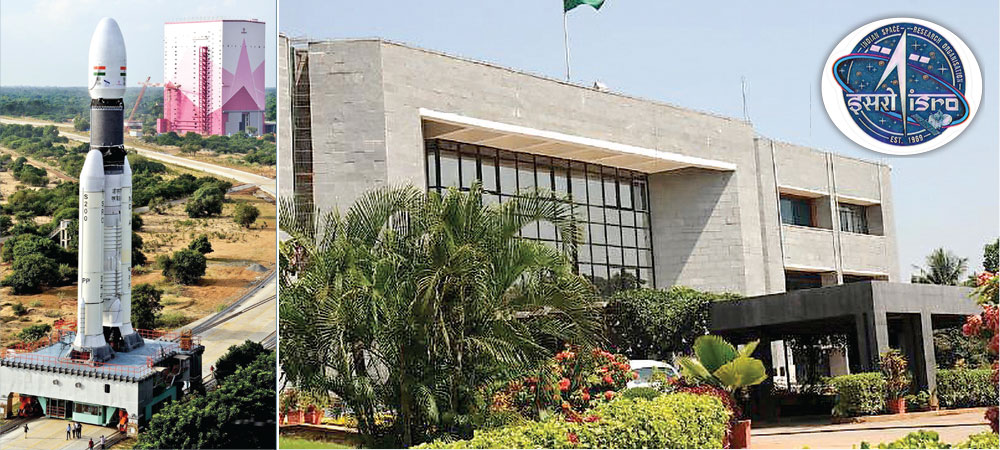
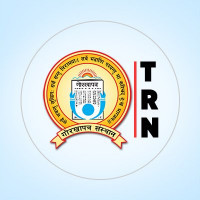
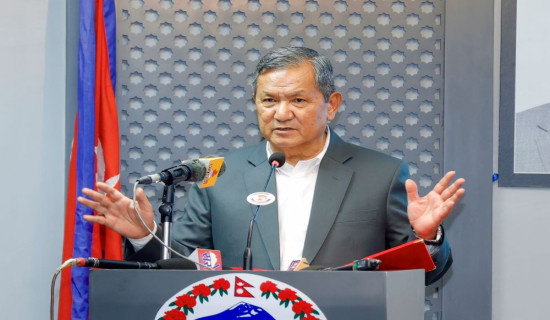
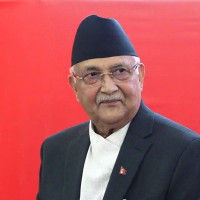
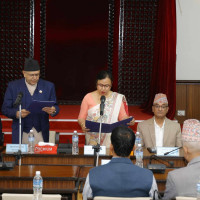




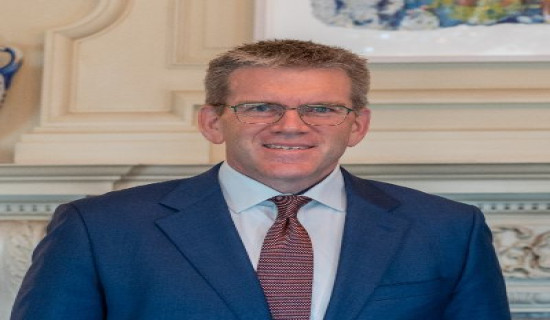
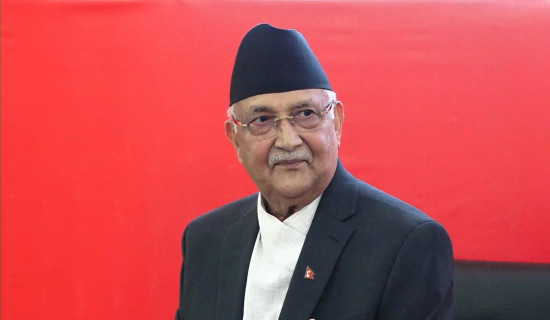
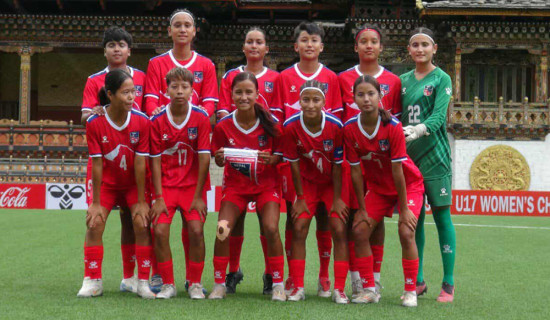
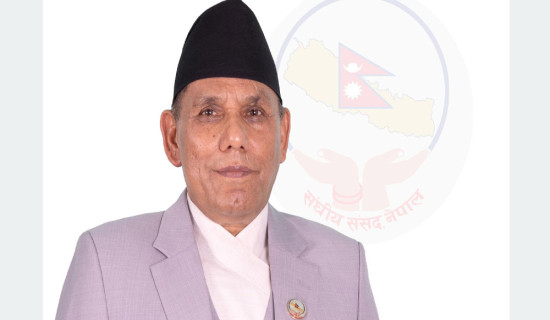
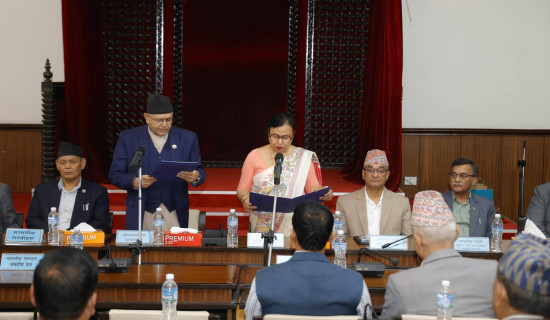
-original-thumb.jpg)